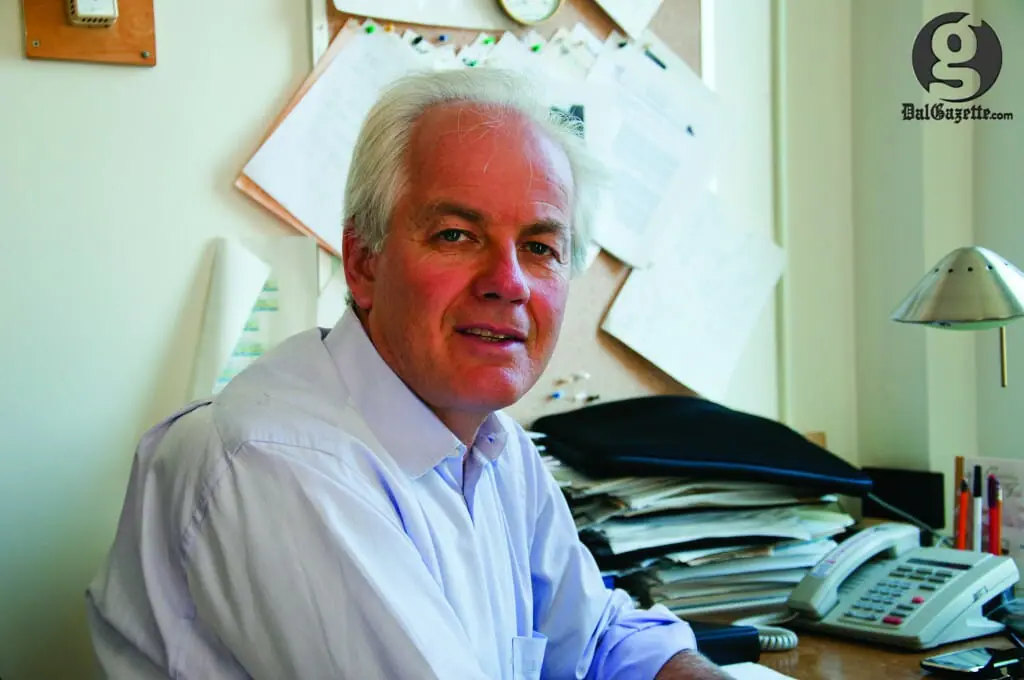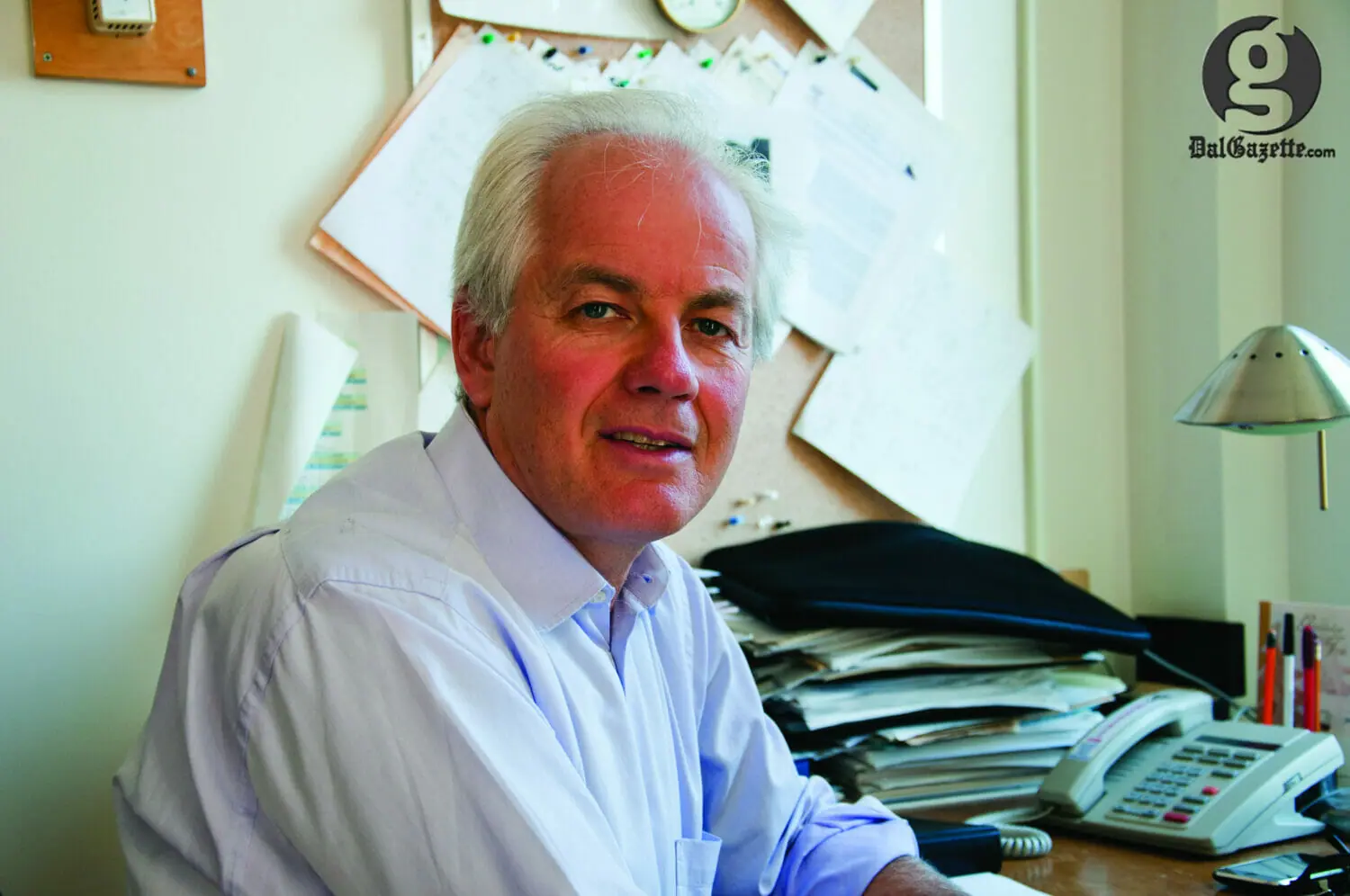
Documents from Heritage Gas, who have a monopoly over the Nova Scotia natural gas industry, indicate the company waited until Dal signed onto the natural gas program before offering the more eco-friendly gas program to neighbouring residential tenants.
Dal made the switch from Bunker C heating oil to natural gas in October 2010—two years after Saint Mary’s University and five years after Victoria General Hospital (VG). Until the conversion, Dal was burning 14 million litres of heating oil per year, enough to fill the Wickwire football stadium about a metre deep.
But in emails from Heritage Gas, the company says it was waiting for the ‘big three’ institutions—SMU, Dal, and the Victoria General—before offering the more sustainable alternative to the residents of Halifax.
In an email from Heritage Gas to a Halifax resident in April 2008, the company wrote it intended to serve the area surrounding Dal with natural gas, but only if Dal also signs on, along with 40 to 50 per cent of surrounding homes.
“Dalhousie and VG heating plants are in the construction plans,” writes the customer service department of Heritage Gas. “We are making every attempt to get the hospitals this year and Dalhousie at the latest 2009.”
But in an email dated March 2010, Heritage Gas spokesperson Erin Robertson says, “We are quite pleased Dalhousie will become a natural gas customer this year. As for residential expansion, feasibility studies are being completed for numerous residential streets in the HRM.”
Dal mechanical engineering professor Peter Allen says this is par for the course with the heating monopoly.
“Heritage Gas won’t bring the gas to the consumers. They need to sell a lot to big consumers. They make less money from individual people like you and me.”
“I kept waiting… and waiting. It was moving at a snail’s pace.”
Allen says the province should treat heating as an essential service instead of allowing a monopoly with corporate interests to oversee the implementation.
“Halifax Water Commission supplies our water. That’s far more difficult than distributing gas,” he says.
“The rate of return (for Heritage Gas) was 13 per cent from 2003 to 2012. It was the highest on the continent,” he says. “That’s been brought down to 11 per cent recently.”
But Dal isn’t taking the blame for Heritage’s decision not to offer to residential clients until the university signed onto the agreement. Rochelle Owen, director of the Office of Sustainability, says Dal has spent over eight years trying to negotiate a better deal to lower greenhouse gas emissions.
“We look like laggards, but we were trying to work together,” says Owen.
Since 2006, Dal has tried to work with SMU and Victoria General. Dal owns a large central heating and cooling plant that networks through downtown Halifax. Its system provides greater reliability with less equipment, which means that fuel and electricity are cheaper, with other heat recovery and energy efficiency potential.
“When you buy electricity from NS Power, it’s about 55 per cent energy efficient. We want to be at about 85 per cent efficiency,” says Owen.
In 2005, Dal and SMU were involved in a larger power project—one that would be more efficient than switching to natural gas. But when federal funding was pulled, SMU and Victoria General slowly stopped negotiations. Finally, Dal also switched to natural gas.
Owen is skeptical that the three institutions would be able to work together again in a combined heat and power system.
“We could, but it doesn’t look like it’s going to happen,” she says.
“Dal is actively trying to overcome the juggernaut that is Nova Scotia policy and incentive errors.”


Recent Comments